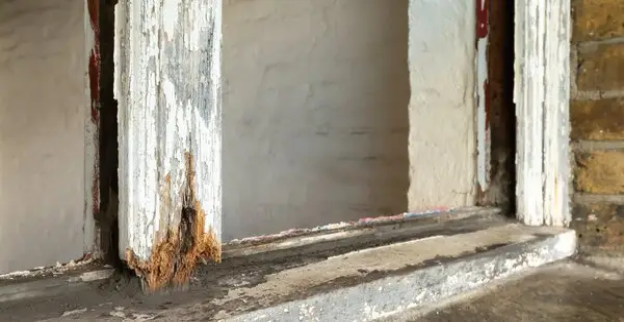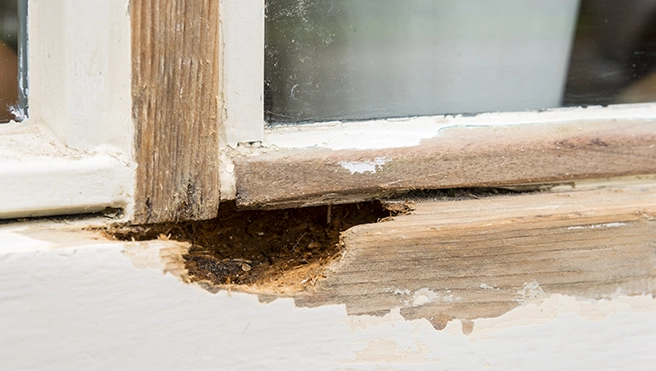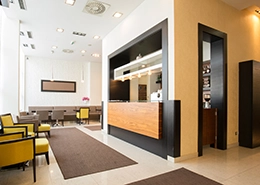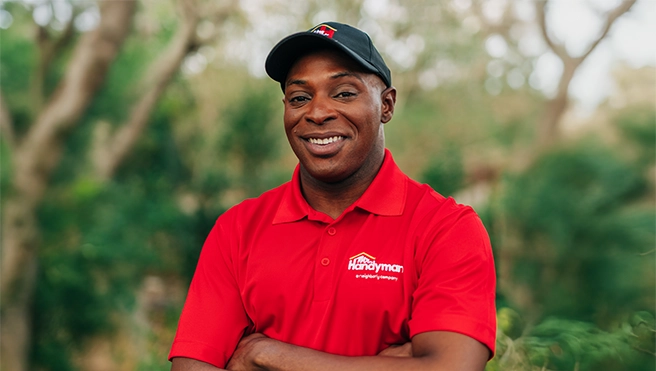The Problem
Like termite damage, wood rot can spread rapidly. Moisture penetrates your timber via cracks, holes, and gaps, often in plain sight. With a minimum moisture content of 20%, combined with the right temperature and oxygen levels, fungal growth takes place at the core of the structure. Decaying timber is a natural process in the forest; however, it’s not something that you want occurring at your home.
How Our Team Can Help
When you hire our expert wood rot repair team, you can expect their meticulous attention to detail to bring you the results you need. First, they’ll provide a detailed diagnosis by detecting the type of fungal growth you’re dealing with. It could be dry rot or wet rot, which vary in their wood rot treatment. Dallas property owners should know that when left long enough, wood rot can destroy anything in its wake. Because the structure of your home is largely dependent on its wooden framework, repairing or removing damaged wood is crucial for maintaining safety and integrity.
Assessment
Once we have a diagnosis, whether wet or dry rot repair is required, there is a preparatory step, which involves removing all the damage to the wood before it can spread further. Also, if the material is soaking wet, it must dry first because we can determine how patching and replacing is needed. This drying phase is crucial in ensuring that the new material adheres strongly and that the integrity of the structure can be maintained. Once the affected area has dried effectively, our local professionals will assess the extent of the necessary repairs and proceed with the restoration process.
Our Solution
Depending on the level of damage, it is often more cost-effective to replace the wood rather than use epoxy resin. A replacement ensures that the integrity of the structure is restored completely. The reason is that there is a two-phase process with epoxy repairs, starting with liquid epoxy, followed by moldable, sculpwood putty (or kneadable epoxy) to fill the missing wood areas. Afterward, it needs time to dry before it’s sanded down and stained. We can also handle the painting or staining process after sanding. Staining and painting your wooden structures regularly is key if you want to prevent wood rot from forming again in the future.






